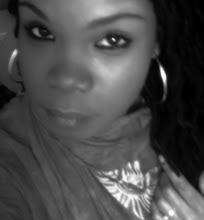A Lil History Notez Part 1
Nineteen-fifty-seven. The United States was in the grip of Calypsomania. and some were even going so far as. to predict that the calypso would soon eclipse Rock n’ Roll. Before it all blew over, Robert Mitchum, Maya Angelou the Norman Luboff Choir, and many others had made Calypso albums. Calypso, of course, was Trinidadian, but the two big Calypso era hits, "Banana Boat Song” and "Jamaican Farewell," were Jamaican; so Calypso was reckoned to come from Jamaica.
As the craze subsided, a Billboard magazine reporter sniffed out a free vacation and went to Kingston to see what the Jamaicans liked. To his surprise, it was rare R&B; not Calypso. "Local observers,” he wrote, "note that the local musical product is developing into a hybrid in which the strongest elements are calypso and rock & roll.” Understandably, the writer missed the pan-African underground springing up in Kingston’s slums, but ten years later pan-Africanism would merge with American R&B and Caribbean music in those same back alleys to forever change global music.
Geoffrey Holder's Caribbean Calypso FestivalAround 1960, Ska evolved from Jamaican R&B. The Billboard article mentioned that Fats Domino was the most in demand artist on the island, so it was probably no coincidence that Ska arrived on the heels of three influential American releases: Fats Domino's "Be My Guest" (1959), Wilbert Harrison's "Kansas City" (also 1959), and Rosco Gordon's "Surely I Love You" (1960). All three worked the offbeat for all it was worth. Bill Black's Combo figured somewhere in the equation, too. Black's greasy instrumental hits featured a hugely upfront four-to-the-bar beat, and sold so well in Jamaica that he toured there - to the surprise of many who found out that he was white.
!To Be Continued!





1 comment:
Hello ... You look beautiful! Parabens by the blog! visit my http://massagana.blogspot.com/
Post a Comment